Master Your Mind’s Vocabulary 🗣️
Welcome to “The Vocabulary of the Mind”! Ever felt like you knew what you wanted to say but couldn’t find the exact right word? When we talk about complex ideas like thinking, reasoning, and belief, having a precise vocabulary isn’t just about sounding smart—it’s about thinking more clearly.
This quiz is designed to be a fun, interactive learning tool. By engaging with these questions, you’ll not only learn the definitions of crucial words but also understand how they function in real-world contexts. You’ll walk away with a richer vocabulary that empowers you to analyze arguments, understand your own thought processes, and communicate your ideas with greater confidence and precision. Let’s begin!
Learning Quiz
This is a learning quiz from English Plus Podcast, in which, you will be able to learn from your mistakes as much as you will learn from the answers you get right because we have added feedback for every single option in the quiz, and to help you choose the right answer if you’re not sure, there are also hints for every single option for every question. So, there’s learning all around this quiz, you can hardly call it quiz anymore! It’s a learning quiz from English Plus Podcast.
Quiz Takeaways | The Art of Thinking Clearly: A Guide to Your Mind’s Vocabulary
Hello again! Congratulations on completing the quiz. You’ve just equipped yourself with a powerful new set of tools. These aren’t physical tools, but verbal ones—words that allow you to dissect thoughts, build better arguments, and understand the very architecture of your own mind. Think of it like a musician learning the names of the notes and chords. Before, you could hear the music; now, you can understand, describe, and create it. Let’s explore how these words weave together to give us a richer understanding of how we think.
We can start with the very foundation of our beliefs. What do we hold to be true? A core, fundamental belief is a tenet. This is a principle so central to our worldview that we build other ideas upon it, like the tenet that all people deserve respect. Sometimes, however, people hold their beliefs so rigidly that they become dogmatic, refusing to consider any evidence to the contrary. A dogmatic person treats their beliefs not as ideas to be tested, but as absolute, unshakeable truths. This is the opposite of a scientific mindset, which relies not on dogma but on empirical evidence—information gathered from observation and real-world testing. Science often begins with a postulate, which is a starting assumption (“Let’s postulate that this particle exists”), or a conjecture, which is an educated guess based on incomplete information. These ideas are then rigorously tested against empirical data.
Now, once we have our ideas, we have to communicate them. This is the art of argument. A truly effective argument is cogent—it’s clear, logical, and powerfully persuasive. It marshals evidence in a way that is hard to refute. A weaker, but still acceptable, idea might simply be plausible, meaning it seems reasonable and could possibly be true, even if it’s not fully proven. For example, “It’s plausible that there’s traffic at this hour” is a reasonable assumption. But we must be on guard for the specious argument. This is the trickster of reasoning. A specious claim seems brilliant and convincing on the surface, but it’s built on a flawed or deceptive foundation. It’s designed to mislead. Ultimately, the goal of any honest discussion is to get to the truth, which means we must always be concerned with the veracity—the truthfulness and accuracy—of the information we’re dealing with.
But where do all these thoughts and arguments come from? They come from the fascinating, and sometimes messy, inner workings of our own minds. Our brains are efficiency machines, and to save time and energy, they rely on heuristics. These are the mental shortcuts or “rules of thumb” we use every day. Choosing a product because you recognize the brand name is a heuristic. They are incredibly useful, but they are also a primary source of our cognitive bias. A bias is a thumb on the scale, a prejudice that leans our thinking in one direction. For example, confirmation bias makes us favor information that confirms what we already believe. How do we spot these internal processes? Through introspection, the act of looking inward and examining our own thoughts and feelings. And if we’re lucky, after long periods of introspection or struggle with a problem, we might be gifted with an epiphany—that incredible “aha!” moment of sudden, profound clarity.
This brings us to a crucial, humbling truth: we are all fallible. We are all capable of making mistakes. Our reasoning can be flawed, our evidence incomplete, and our minds biased. Recognizing our own fallibility is a superpower. It allows us to be less dogmatic and more open. It reminds us that our beliefs and even our personalities should be malleable, capable of being shaped and changed by new evidence and experiences. A malleable mind is a growing mind. This is why dissent is so vital. When someone disagrees with a prevailing idea, they are providing a crucial service. They are testing the strength of that idea and forcing us to re-examine our assumptions. Sometimes, an event or behavior is so out of character or so contrary to the norm that it’s an aberration, a deviation that makes us question what we thought was standard.
Finally, to think clearly, we have to see both the big picture and the tiny details. The big picture is our paradigm—the overall model or framework through which we view the world. The theory of gravity is a scientific paradigm; democracy is a political paradigm. These paradigms are often shaped by precedent, which are past events or decisions that serve as a guide for the future. A single court case can set a precedent that influences law for decades. But within these big paradigms, true understanding requires an appreciation for nuance. The world is not black and white. It is filled with subtle shades of gray, and nuance is the word we use for those fine distinctions in meaning, context, or importance. A person who ignores nuance sees a simple caricature of the world, while a person who appreciates it sees a rich, complex, and more truthful portrait.
By mastering this vocabulary, you are doing more than just learning words. You are learning to be a more critical thinker, a more persuasive communicator, and a more introspective human being. You are learning the language of clarity itself.
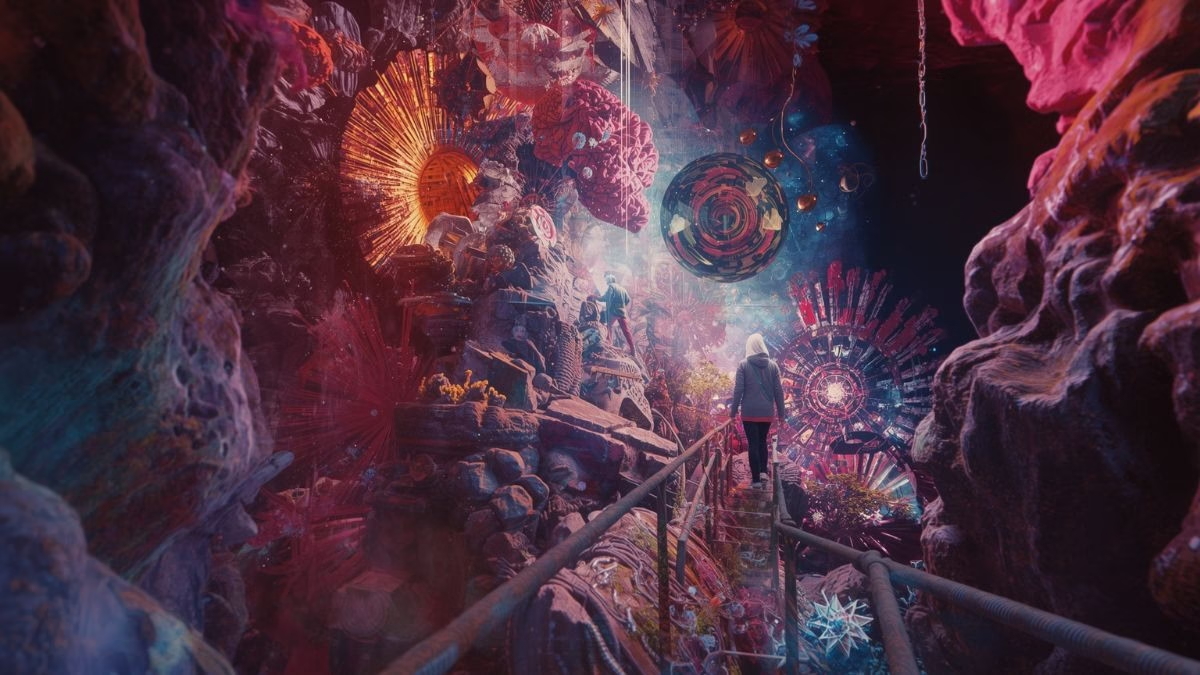
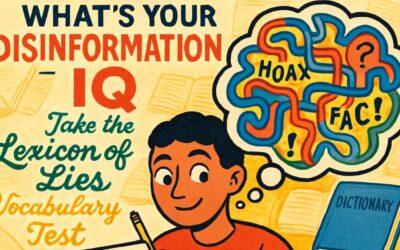


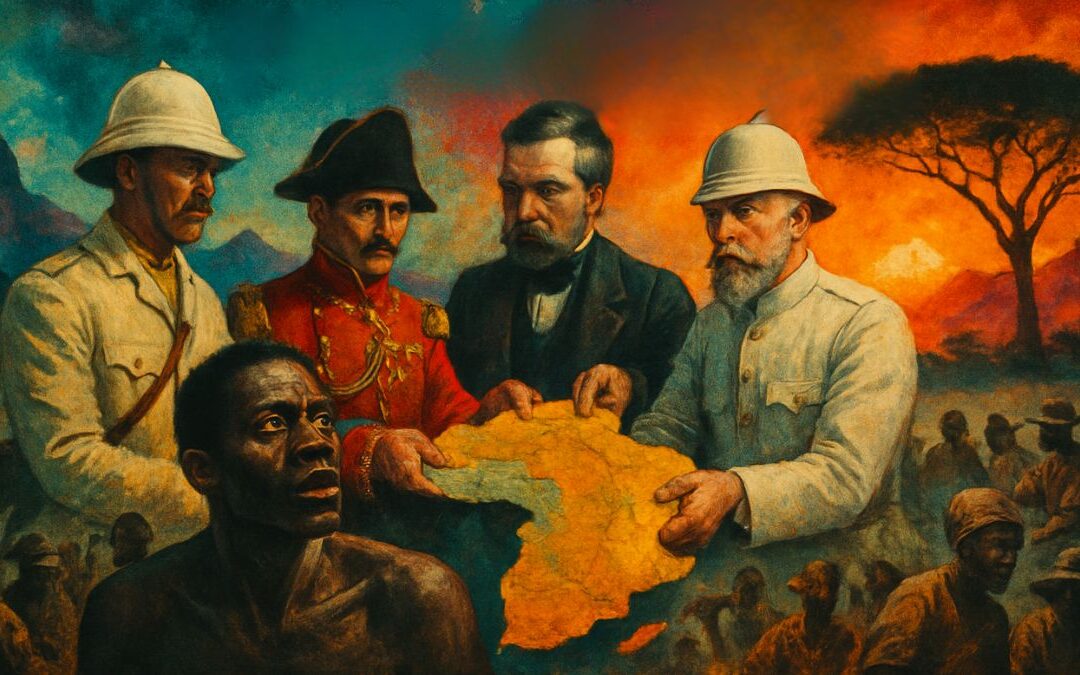
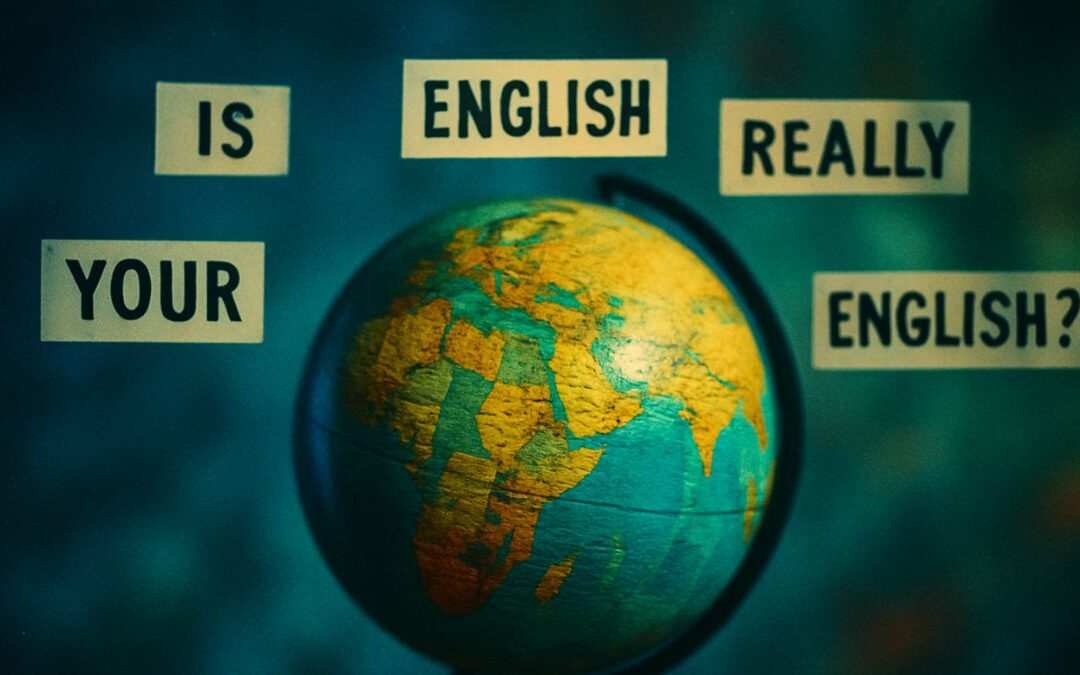
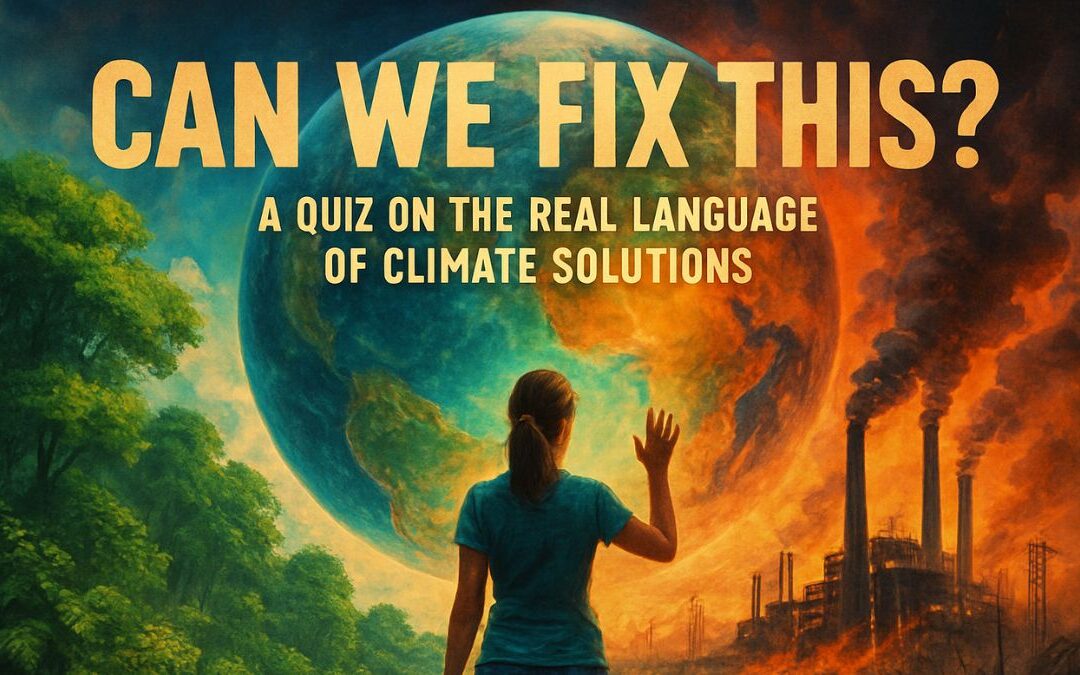



0 Comments